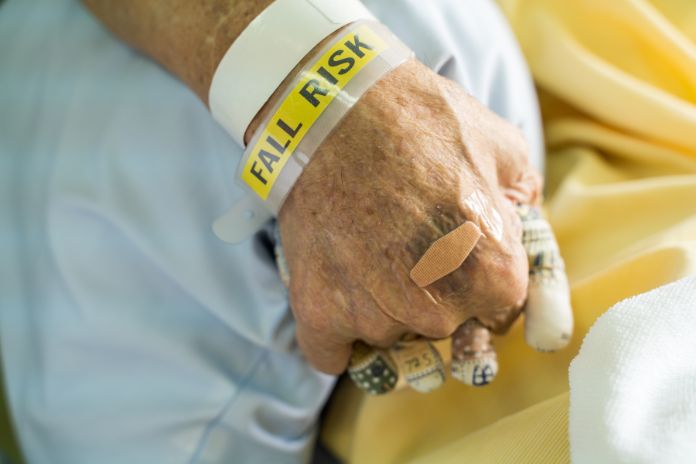Over the past few decades, 3D printing has evolved as new industries and technologies have adopted it. There are several 3D printing methods professionals can use today, but all of them stem from the original method, stereolithography. Since Charles Hull invented this technique in the 1980s, stereolithography has become a staple in many crucial industries. Learn more about what this technology is, why it matters, and how it affects our world with this rundown of everything you need to know about stereolithography.
What Is Stereolithography?
Stereolithography is a form of additive manufacturing, which means it creates an object by adding material rather than cutting it from larger sources. Stereolithography is the pioneer of resin 3D printing. The process involves a stereolithography apparatus (SLA) that uses a light source to turn liquid resin into a hardened plastic. Professionals can program the light source—typically a type of laser—to cure the resin and build the end product layer by layer.
Advantages of Stereolithography
Despite its older design, stereolithography remains one of the most accurate and popular methods of 3D printing. Stereolithography can build products in tiny layers, and some machines can make details and adjustments that are too small for the naked eye to observe. This incredible precision allows professionals to create extremely detailed or complex products. Even better, stereolithography builds these parts more quickly, so stereolithography is ideal for rapid prototyping and other projects that require making multiple models in a day.
Who Uses Stereolithography?
It’s one thing to understand what stereolithography is, but another big part of everything you need to know about stereolithography is how it impacts products we use every day. Because stereolithography works so well in rapid prototyping, manufacturers across all industries use this as an accurate way to create, test, and refine product models.
One of the most important examples of this is in various medical fields. In dentistry, stereolithography makes it easier and more affordable than ever for patients to receive custom-built products. Stereolithography is also part of the diagnostic device development process, especially when instruments require small, complex, and precise parts to function.
There are more exciting ways to use stereolithography, too. Artists in the entertainment industry take advantage of this technology when creating models for set designs or character designs. For projects ranging from stop-motion films to the biggest movies of the year, stereolithography is a straightforward way to create detailed models for creative teams to reference.







